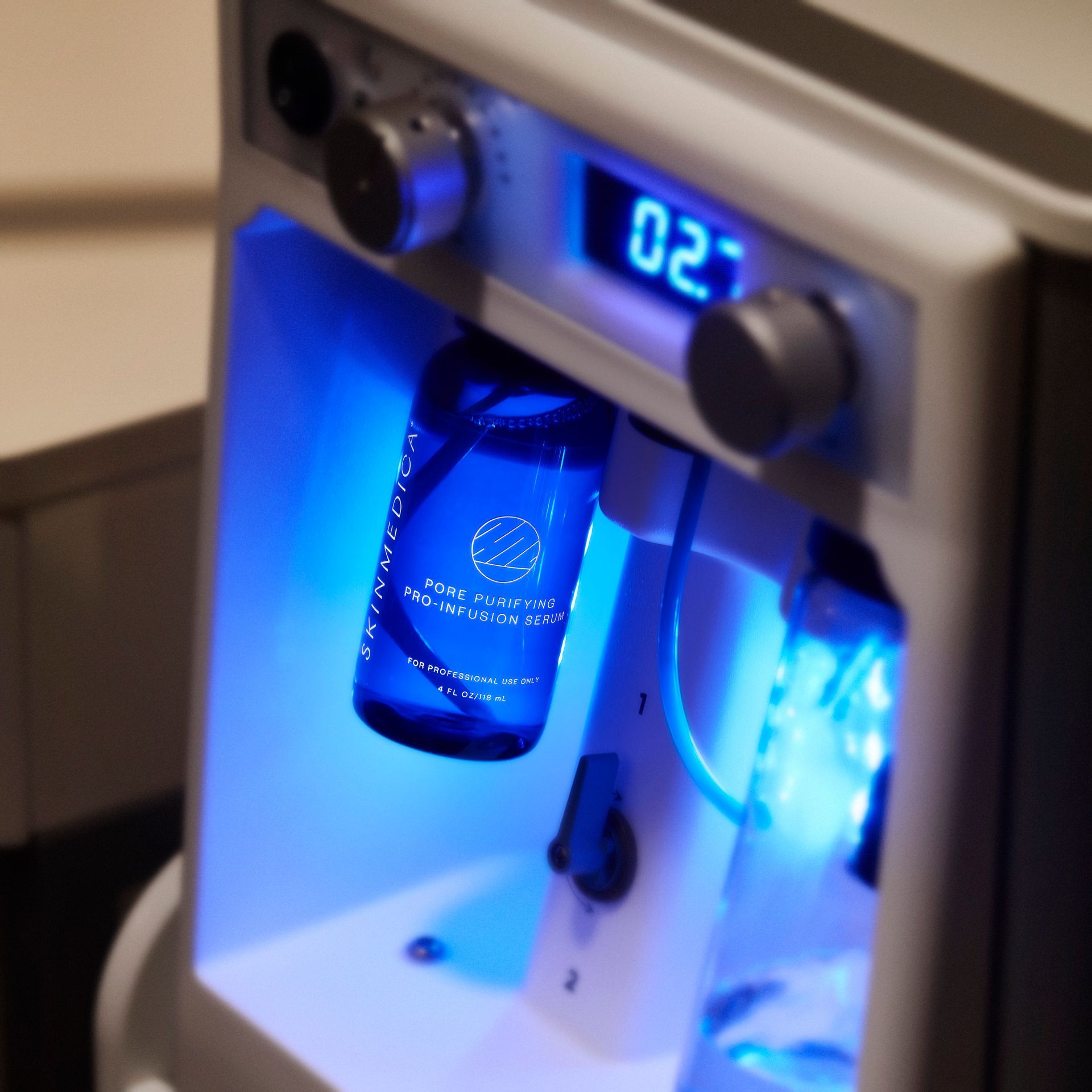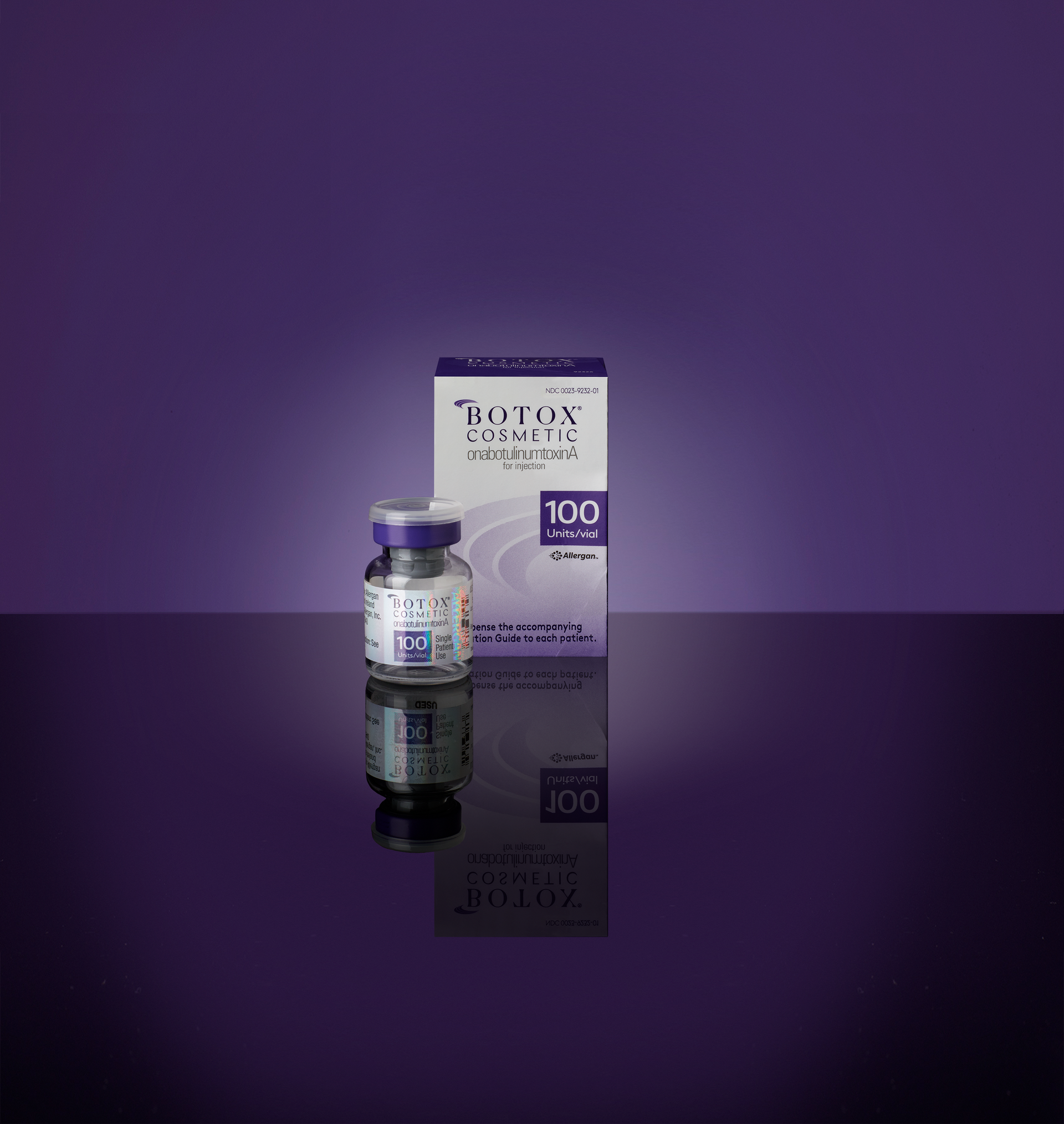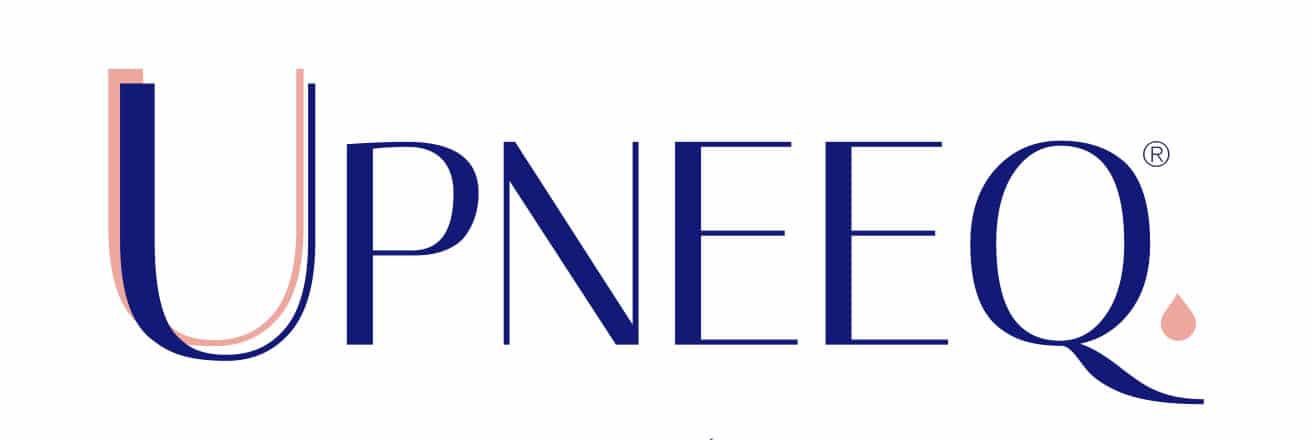What to Expect Before Getting Dermal Filler: A Guide to Revanesse®, Juvederm®, and Restylane®
Angela Dugo-Munizzi • January 9, 2025
What to Expect Before Getting Dermal Filler: A Guide to Versa, Juvederm, and Restylane
What to Expect Before Getting Dermal Fillers: Revanesse®, Juvederm®, and Restylane®
Dermal fillers are a popular, minimally invasive treatment designed to enhance facial volume, reduce wrinkles, and rejuvenate the skin. Brands like Revanesse®, Juvederm®, and Restylane® are some of the most well-known and trusted names in the dermal filler industry. If you're considering a dermal filler procedure, it’s important to understand what to expect before, during, and after your treatment to ensure you get the best results.
Here’s a guide to what you need to know before you get dermal fillers using these popular products.
1. Consultation with Your Provider
Before anything else, you’ll need to schedule a consultation with a licensed and experienced injector. This step is essential to ensure that dermal fillers are the right choice for your cosmetic goals and that your provider can tailor the treatment to your specific needs.
During the consultation, your provider will:
- Discuss your aesthetic goals: Whether you're aiming for lip enhancement, wrinkle reduction, or cheek volumization, your provider will listen carefully to what you're hoping to achieve.
- Assess your face and skin: Your provider will evaluate your facial features and skin elasticity to recommend the best filler(s) and the appropriate injection sites.
- Review your medical history:To avoid potential complications, you’ll discuss any allergies, medical conditions, or medications you're taking. Certain conditions, like active skin infections or autoimmune disorders, may affect your suitability for treatment.
- Talk about filler options: Your provider will explain the differences between various fillers, including Revanesse®, Juvederm®, and Restylane®, to help you make an informed decision.
2. Choosing the Right Filler: Revanesse®, Juvederm®, or Restylane®
Each dermal filler brand has its own unique formula and benefits. Your choice of filler will depend on the area being treated and the type of results you want to achieve. Here’s a quick breakdown of what each filler has to offer:
- Revanesse®:
Revanesse® is a line of hyaluronic acid-based fillers designed to provide smooth, natural-looking results. Revanesse products are known for their advanced manufacturing process, which gives them a smooth consistency and long-lasting effects. Revanesse Versa® for example, is commonly used to reduce wrinkles and fine lines, particularly around the mouth and nose, and is popular for its smooth texture and long-lasting results.
- Juvederm®:
Juvederm® is one of the most popular and versatile dermal filler brands available. It includes a variety of fillers that can address different areas of the face, such as Juvederm Ultra® for lips, & Juvederm Voluma® for cheeks. Juvederm products are known for their smooth consistency and longer-lasting effects due to their proprietary Vycross technology.
- Restylane®:
Restylane® is another leading hyaluronic acid-based filler with a range of products designed for facial wrinkles, volume loss, and lip enhancement. Restylane® fillers are often firmer in texture, which makes them ideal for areas where more structure and lift are needed, such as the cheeks (Restylane Lyft®) or under the eyes (Restylane Refyne®).
Each filler has its own specific formulation, and your provider will choose the one that best suits your goals, based on the area you're treating and the results you’re hoping to achieve.
3. Pre-Treatment Instructions
To ensure optimal results and reduce the risk of complications, there are a few steps you’ll need to take before your dermal filler treatment:
- Avoid blood thinners:
For at least 1 week before your procedure, stop taking any medications or supplements that may thin the blood, such as aspirin, ibuprofen, fish oil, or vitamin E. This will help minimize the risk of bruising and swelling.
- Refrain from alcohol:
Avoid consuming alcohol for 24 hours prior to your treatment, as alcohol can increase the likelihood of bruising.
- Notify your provider about allergies:
If you have any allergies, especially to lidocaine (which is commonly used to numb the injection site), make sure to let your provider know.
- Skin care adjustments:
If you're using any products like retinoids or exfoliating treatments, your provider may advise you to stop using them a few days before your procedure, as they can make your skin more sensitive.
- Don’t wear makeup:
Arrive for your appointment with a clean face and no makeup. This will make the injection process easier and reduce the risk of irritation.
4. What to Expect on the Day of Your Dermal Filler Appointment
On the day of your dermal filler procedure, expect the treatment to be quick, with minimal discomfort. Here's a step-by-step overview of the process:
- Numbing:
Your provider will likely apply a topical numbing cream to the area to reduce discomfort. Some fillers, such as Juvederm® and Restylane®, also contain lidocaine, a local anesthetic, which further reduces pain during the procedure.
- Injection:
The provider will inject the filler into the treatment area using a fine needle. Depending on the area being treated and the amount of filler needed, this process usually takes about 15 to 30 minutes.
- Minimal discomfort:
While you may experience some mild pressure or a pinching sensation, the procedure itself is generally well-tolerated. If you're sensitive to needles, your provider can adjust the approach to make the experience as comfortable as possible.
5. Post-Treatment Care
After your dermal filler procedure, you may experience some swelling, bruising, or redness at the injection sites. These side effects are typically mild and should subside within a few days. Here’s how you can take care of your skin afterward:
- Apply ice:
Use a cold compress to reduce swelling and bruising. This can also help with any discomfort in the hours following the procedure.
- Avoid touching or massaging the treated areas:
For the first 24 hours, avoid manipulating the injection sites, as this could shift the filler or increase the risk of complications.
- No strenuous activity:
Refrain from intense physical exercise or heavy lifting for 24 to 48 hours after the procedure, as this can increase swelling.
- Elevate your head:
When sleeping, it can be helpful to sleep with your head slightly elevated to reduce swelling.
- Avoid heat:
For a few days post-treatment, avoid hot tubs, saunas, or direct sunlight, as excessive heat can exacerbate swelling.
6. Results and Longevity
One of the major benefits of dermal fillers is that you’ll see immediate results after the treatment. The filler works by adding volume under the skin, smoothing wrinkles, and restoring youthful contours. Full results will become evident within a week, once any initial swelling or bruising subsides.
Here’s a general idea of how long each of these fillers lasts:
- Revanesse®:
Most Revanesse® fillers, like Revanesse Versa®, last between 6 and 12 months, depending on the treatment area.
- Juvederm®:
Results with Juvederm® can last from 6 months to 2 years, depending on the specific product used (e.g., Juvederm Ultra® may last 6-12 months, while Juvederm Voluma® can last up to 2 years).
- Restylane®:
Restylane® fillers generally last 6 to 18 months, depending on the area treated and the specific product used (such as Restylane Lyft® for cheeks or Restylane Refyne® for fine lines).
Final Thoughts
Dermal fillers like Revanesse®, Juvederm®, and Restylane® offer an excellent way to address common signs of aging and enhance facial features without the need for surgery. However, to get the best possible results, it’s essential to choose the right filler for your needs, follow the pre-treatment instructions, and work with an experienced provider. With proper care, your dermal filler results can last for many months, helping you look and feel your best.
If you’re ready to rejuvenate your appearance, schedule a consultation today to learn more about how dermal fillers can help you achieve your aesthetic goals!

In the world of skincare, there are facials, and then there’s the DiamondGlow® Facial. This advanced, non-invasive treatment has quickly become a favorite among beauty enthusiasts, skincare professionals, and those looking to transform their complexion. But what makes the DiamondGlow® Facial stand out from the rest? Let's dive into the details and explore how this luxurious treatment can elevate your skin to a whole new level of glow and radiance. What is the DiamondGlow® Facial? The DiamondGlow® Facial is a revolutionary treatment that combines three powerful skin therapies in one session: exfoliation, extraction, and infusion. It uses a unique, diamond-tipped handpiece to exfoliate the skin’s surface while simultaneously extracting impurities and infusing a custom serum tailored to your skin’s needs. The result? Brighter, smoother, and healthier-looking skin after just one session, with long-term benefits that improve the overall texture and appearance of your complexion. Unlike traditional microdermabrasion or other facials, DiamondGlow® doesn’t just remove dead skin cells; it actively hydrates and nourishes the skin with potent, dermatologist-approved serums that target everything from fine lines and wrinkles to uneven skin tone and acne scars. How Does the DiamondGlow® Facial Work? 1. Exfoliation – The treatment begins with gentle but effective exfoliation using the diamond-tipped handpiece. This part of the process removes dead skin cells, revealing fresher, smoother skin underneath. The exfoliation helps to minimize pores, leaving the skin feeling soft and looking youthful. 2. Extraction – As the handpiece moves across the skin, it also gently extracts dirt, oil, and other impurities from your pores, helping to clear up congestion and reduce the appearance of blemishes. 3. Infusion – Perhaps the most unique aspect of the DiamondGlow® Facial is the infusion step. As the skin is exfoliated and impurities are extracted, the treatment simultaneously infuses high-quality serums deep into the skin. Depending on your skin type and concerns, the aesthetician will choose the perfect serum, whether it's hydrating, anti-aging, or targeting hyperpigmentation. Why Choose the DiamondGlow® Facial? There are plenty of reasons why the DiamondGlow® Facial has become one of the most sought-after treatments in med spas around the world. Here’s why it stands out: - Instant Results: Unlike many facials that require downtime or a few days to see visible improvements, the DiamondGlow® Facial delivers noticeable results immediately. Your skin will feel smoother, look more radiant, and appear rejuvenated after just one session. - Customizable for Your Skin: Whether you struggle with dry skin, acne, fine lines, or uneven skin tone, DiamondGlow® can be tailored to meet your unique needs. This customization allows you to target your specific concerns, ensuring you get the most out of your treatment. - Non-invasive and No Downtime: One of the main appeals of DiamondGlow® is that it’s a non-invasive procedure with no downtime. You can walk out of the treatment room and immediately resume your normal activities. There may be some mild redness immediately after the treatment, but this typically subsides within a few hours. - Long-Term Benefits: While you’ll notice instant results, DiamondGlow® also helps to improve your skin over time with continued treatments. By promoting healthy cell turnover and deep hydration, regular facials can reduce the appearance of fine lines, acne scars, and discoloration in the long run. - Suitable for All Skin Types: Whether you have sensitive skin, oily skin, or a combination, DiamondGlow® is safe for nearly every skin type. The treatment is customized to your skin’s individual needs, making it versatile and accessible. Who Should Get a DiamondGlow® Facial? The DiamondGlow® Facial is suitable for almost anyone looking to improve the overall health and appearance of their skin. Whether you're preparing for a special event, looking to boost your skincare routine, or simply want to give your skin a little TLC, this treatment can work wonders. It’s especially effective for: - Those with uneven skin tone – If pigmentation, redness, or dullness are concerns, DiamondGlow® can help even out your complexion and give you that coveted glow. - Aging skin – Fine lines, wrinkles, and a loss of elasticity? The anti-aging serums used during the facial target these issues, helping to tighten and plump the skin. - Congested or acne-prone skin – The gentle extraction process helps to unclog pores and reduce the frequency of breakouts, making it a great option for anyone struggling with acne. - Dehydrated or dry skin – The infusion of hydrating serums helps restore moisture, leaving your skin feeling refreshed and revitalized. What to Expect During and After the Treatment During the treatment, you'll feel a gentle suction as the handpiece glides across your skin, which may be a bit ticklish but is generally painless. Afterward, your skin may look a little red for a few hours, similar to how it might look after a good workout. This is perfectly normal and a sign that the skin is responding to the treatment. You’ll notice an immediate glow, with smoother texture and smaller pores. As far as aftercare goes, you’ll want to avoid direct sun exposure and use a broad-spectrum SPF to protect your newly radiant skin. For best results, many people opt for a series of treatments spaced out a few weeks apart. Final Thoughts: Is the DiamondGlow® Facial Right for You? If you’re looking for a facial that delivers quick results with no downtime, the DiamondGlow® Facial might be your new skincare savior. Whether you want to refresh your skin for an upcoming event or make it a regular part of your skincare routine, the combination of exfoliation, extraction, and serum infusion ensures that your skin gets the TLC it deserves. Book your DiamondGlow® Facial today and experience the skin transformation for yourself – glowing, radiant, and healthier skin is just one treatment away! --- Ready to unlock the secret to glowing skin? Contact us today to schedule your DiamondGlow® Facial at Midwest Medical. Our experienced team of skincare professionals will work with you to create a personalized treatment plan that addresses your unique skin concerns. Let us help you achieve the radiant skin you’ve always dreamed of!

Post-Care Tips After Neurotoxin Treatments: Dysport, Xeomin, and Botox If you've recently treated yourself to a neurotoxin injection like Dysport®, Xeomin®, or Botox®, you're not alone in wanting to make sure you get the best results possible. These popular treatments smooth wrinkles and fine lines, providing a youthful, rejuvenated look. However, proper post-care is essential to maximize the benefits and ensure minimal side effects. In this blog post, we’ll guide you through the essential aftercare tips for neurotoxin injections, so you can enjoy your refreshed appearance with peace of mind. What Are Neurotoxins? Neurotoxins, such as Botox®, Dysport®, and Xeomin®, are injectable treatments that work by temporarily blocking the signals between nerves and muscles. This prevents certain facial muscles from contracting, allowing wrinkles and lines to relax and smooth out. While each product is slightly different in formulation, they all work in a similar way, targeting specific muscles responsible for expression lines like crow’s feet, forehead lines, and frown lines. 1. Stay Upright for At Least 4 Hours One of the most important things to remember after receiving Botox®, Dysport®, or Xeomin® is to avoid lying down for at least 4 hours following your treatment. This is because the neurotoxin needs time to settle into the targeted muscles. Lying down too soon could increase the risk of the toxin migrating to unintended areas, which could result in unwanted side effects like drooping eyelids or uneven results. 2. Avoid Touching or Massaging the Treated Area While you might be tempted to touch or massage the area to check for swelling or bruising, it’s important to avoid direct manipulation of the treated sites. For the first few hours after your treatment, try not to rub or massage the area to avoid accidentally spreading the product to unintended muscles. This also helps minimize the risk of infection and irritation. 3. No Intense Exercise for 24 Hours While you may feel fine after your treatment, it’s recommended to refrain from any intense physical activity (such as heavy workouts, running, or hot yoga) for at least 24 hours. Strenuous exercise can increase blood flow to the areas that were treated, which may cause the neurotoxin to move from the injected muscles. To be on the safe side, limit activities that could raise your heart rate and blood pressure during this period. 4. Stay Away from Heat Excessive heat can increase the likelihood of swelling or bruising and could potentially cause the neurotoxin to spread more than intended. For the first 24 hours after your treatment, it’s best to avoid: - Saunas - Hot tubs - Steam rooms - Sun exposure or tanning beds In addition, if you're planning on traveling to a hot climate, try to stay out of direct sunlight and wear a wide-brimmed hat and sunscreen to protect your skin. 5. Be Mindful of Your Facial Movements After your injections, it’s a good idea to use your facial muscles as much as possible in the first couple of hours. This helps the neurotoxin settle into the muscles properly. Try to do a few exaggerated facial expressions like raising your eyebrows, squinting, and frowning. However, avoid over-expressing yourself for an extended period, and certainly don't attempt any strenuous exercises that involve your face. 6. Avoid Alcohol and Blood-Thinning Medications To minimize the risk of bruising, avoid consuming alcohol or taking blood-thinning medications like aspirin, ibuprofen, or vitamin E supplements for at least 24-48 hours after your treatment. Alcohol and blood thinners can increase blood flow and make your skin more prone to bruising and swelling. If you're unsure whether a medication may interfere with your treatment, consult with your provider. 7. Expect Some Swelling or Bruising It’s common to experience slight swelling or bruising at the injection sites, particularly around the eyes or forehead. These side effects are typically mild and should subside within a few days. If you do experience bruising, applying a cold compress gently to the area can help reduce the swelling and ease any discomfort. Just be sure not to press too hard on the treated area. 8. Don’t Schedule Facial Treatments Immediately After Injections For at least two weeks after receiving a neurotoxin injection, avoid other facial treatments such as facials, chemical peels, or microdermabrasion. These procedures can cause unnecessary irritation to the skin and could impact the results of your neurotoxin treatment. It’s best to wait for your treatment to settle before engaging in any additional cosmetic procedures. 9. Give It Time – Results Aren’t Instant Neurotoxin results don’t appear overnight, and you may not see the full effects for 3 to 7 days after your injection. In some cases, it can take up to 14 days for the full smoothness to appear. Be patient and try not to stress if the results aren’t immediate. 10. Follow Up with Your Provider Although side effects are typically rare, it’s essential to follow up with your treatment provider if you notice anything unusual. This could include significant asymmetry, drooping eyelids, or extreme bruising that doesn’t subside. Most providers will schedule a follow-up appointment to assess your progress and address any concerns you may have. If you have any questions or doubts, don’t hesitate to reach out for guidance. The Bottom Line Neurotoxin treatments like Dysport®, Xeomin®, and Botox® are safe and effective ways to reduce wrinkles and enhance your appearance. However, following the right aftercare guidelines can help you achieve the best possible results and minimize any discomfort or side effects. By staying upright, avoiding heat, limiting intense physical activity, and following your provider’s advice, you can make the most of your treatment and enjoy a smoother, more youthful look for months to come! Always remember, if you have any concerns or questions about your post-care routine, your medical provider is your best resource for personalized advice. --- We hope this guide helps you feel more confident in caring for your skin post-treatment. If you’re ready to book your next neurotoxin treatment or have more questions, reach out to our team for professional consultation and support!












